EQUIPMENT CLEANING AND MAINTENANCE
Our barista trainer Jazmin has some excellent advice on how to clean your machinery. Take this in consideration as this will give your machines a longer life and your coffee to taste better!
In view of the latest events that are shaking the entire world, we are in a position to underline the importante of hygiene and cleanliness of your espresso machine (especially our working sector) not only for exclusively quality reasons but also for health reasons. If you are one of the many managers that in these days you have been forced to close your business because of the coronavirus pandemic, we will give you some tips on how to preserve your equipment during the period of inactivity.
Boiler cleaning:
Before talking about a boiler, it is important to know that we can divide espresso machines in two types; single boiler machines and machines equipped with multi-boiler technology, each of these systems with their differences according to their model and manufacturer.
TYPE I
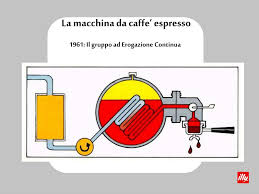
If your machine belongs to the first group, you should understand a little how your equipment works. The water in your machine is directly connected to the hydraulic network. The water enters directly into your boiler where it is heated and turned into steam – hot water that you use to extract coffee and to dispense hot water and steam for the milk.
So the system depends exclusively on the water found in this single boiler.
If your espresso machine has to be off for a long time, we advise you to empty the boiler first, since the water that remains stagnant inside could develop unpleasant smells and flavours that would ultimately affect the taste of your coffee.
In this type of machine it is very important to pay attention to the maintenance of our water treatment system; old resins and excessive presence of limestone, dirt in the tank, among others, in addition to compromising the operation of the machinery and the quality of the extraction, can be an ideal habitat for harmful bacterial growth, and dangerous for our clients’ health.
For those managers who use a mono-boiler technology, remember that the quality of the water influences the formation of limestone and this influencies the water flow from the group and the quality of the flavours.
TYPE II
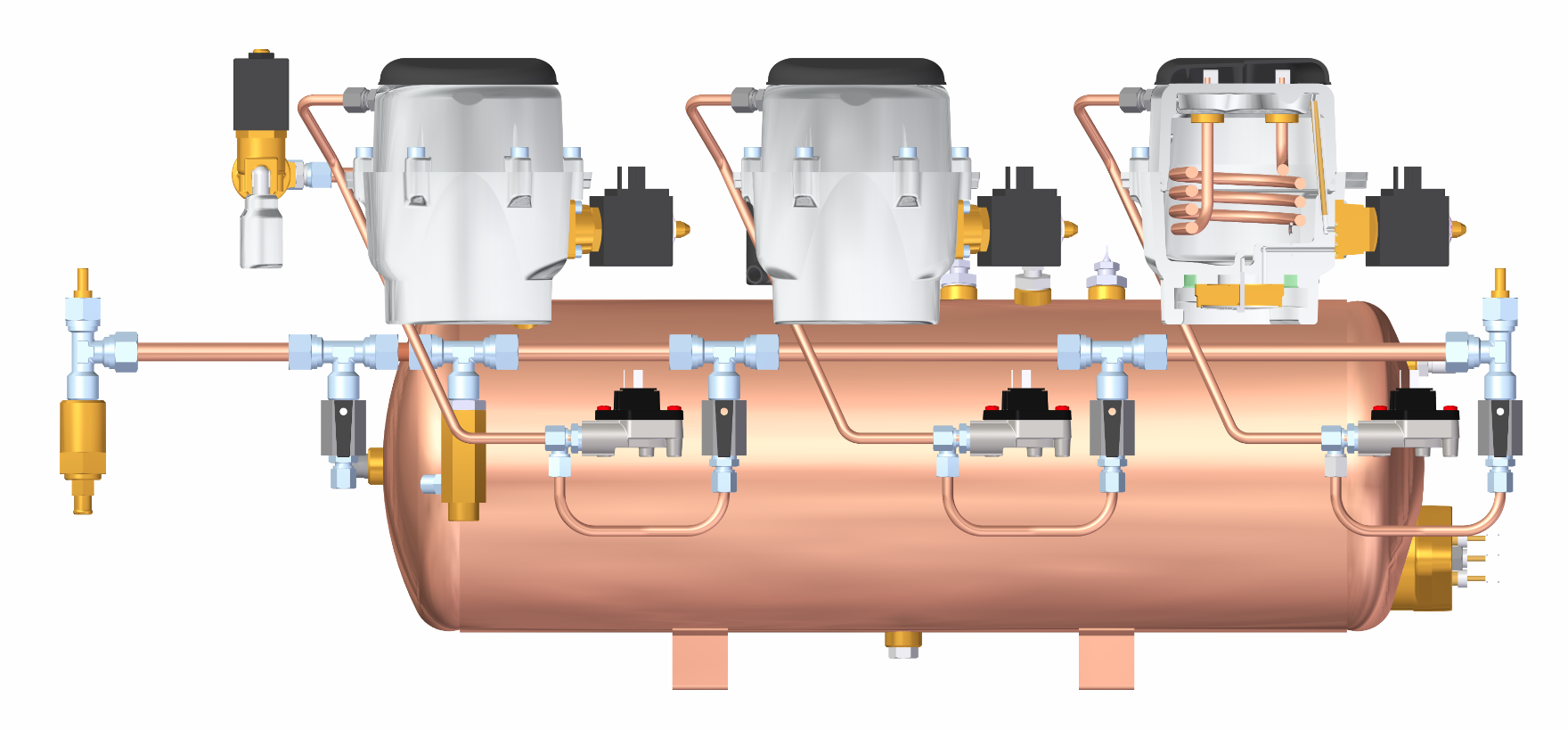
If instead you have a machine with multi-boiler technology, it means that the water you use to extract the coffee and the water from the services both come from the hydraulic network, but are deposited in different boilers, so the quality of the boiler water will not directly influence extraction and taste. In addition to a sensory result, there is a hygienic reason because cleaning the service boiler is recommended; the steam we use for the steam wand is a steam-free from mineral salt, because they are concentrated inside the boiler and increasing the PH of the water and the sodium content can be a bit irritating, specially for our most sensitive clients.
COFFEE BREWING BOILER OR GROUP
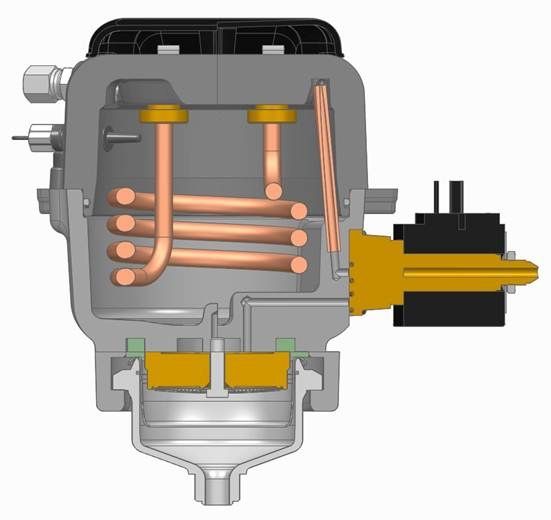
The group is the little boiler where we introduce the portapilter. Its cleaning is important because the coffee residues can compromise its correct functioning, negatively affecting our extractions. At the hygienic level, we should flush the group before every extraction, in this way we are guaranteeing to the client a coffee extraction in a clean group, in fact, the water that comes out from the group must be clean and without coffee residues. The cleaning of groups and portafilters must be daily since the remaining coffee residue and the oil in our equipment will begin the oxidation process and its sensory impact in a cup is negative regardless of the amount of coffee we extract.
CLEANING THE FILTER BASKET AND THE PORTAFILTER
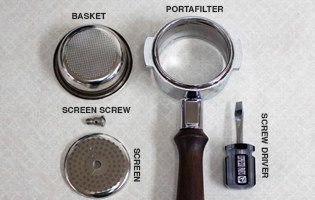
Why clean the portafilter? In each extraction the coffee leaves traces of oil that are deposited between the portafilter base and the filter. This oil in contact with oxygen activate and oxidation process that will be perceived with stale taste, this process is constant and does not depend on the amount of coffee we extract.
What kind of product should we use? It is important that we use the ideal cleaning material because water is not enough as a cleaning agent. Due to the surface tension, the water does not penetrate the greasy surface that is deposited in the portafilter and this does not help us to eliminare the embedded oil. External agents such as vinegar or lemon, despite the fact that the least experts in the hospitality industry use it because of the low PH, cannot be considered useful cleaning elements because of the aromas that could compromise the aroma of coffee.
Does cleaning damage the machine? The lack of education and the little care that we have put into the maintenance and cleaning of the equipment has generated in the baristas and managers series of myths that us as roasters think is necessary to explain. Most of the cleaning products are a mixture of different substances useful in food industry that facilitate the removing of oil substances that may remain in the portafilter. Over the years some companies that produce cleaning products have been monitoring the useful substances to create the most convenient solution, so we passed from using 20 grams of product in the 1960s to the 3 grams that we consider necessary today, without the loss of effectiveness and security in the results.
The portafilter colour: The portafilters are mainly composed of different metals- brass with a nickel coating among others. Coffee is a drink with an acidic PH and for this reason it is necessary to replace the portafilter once it has lost the crome plated surface. Mistakenly, there are still many managers or baristas who think that it is the cleaning products and their aggressiveness that rub off the crome plated surface that covers the portafilter. This is not true!!! As absurd as it may seem, one of the main enemies of the crome plated surface in the portafilter is the embedded dirt that is deposited in the portafilter and that adheres to the metal removing it faster. The use of cold water to wash the portafilter or the continuous change of temperature is also a common misuse that stresses the metal by expanding and contracting it, directly affecting the crome plate, generally composed of two metals of different elasticity, this causes the crome plate to come off.
Should the portafilters be washed in the dishwasher? The dishwasher it is surely better than not washing the portafilter at all, even so, we are sorry to inform you that this is a cleaning method that we should NOT consider due to the aromatic components present in detergents.
RUBBER
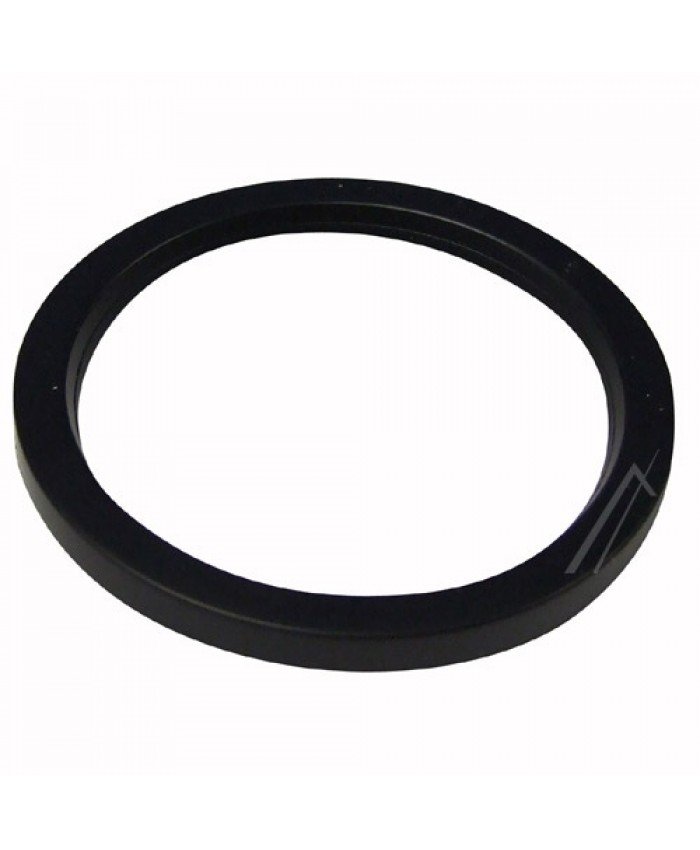
What is it for? It is used to close the portafilter and the group creating a quality seal that allows us to keep the pressure between the group and the coffee cake during the extraction of coffee, without it the portafilter would fall. To avoid accidents or dripping during the extraction, the rubber must be kept clean and always in good condition.








